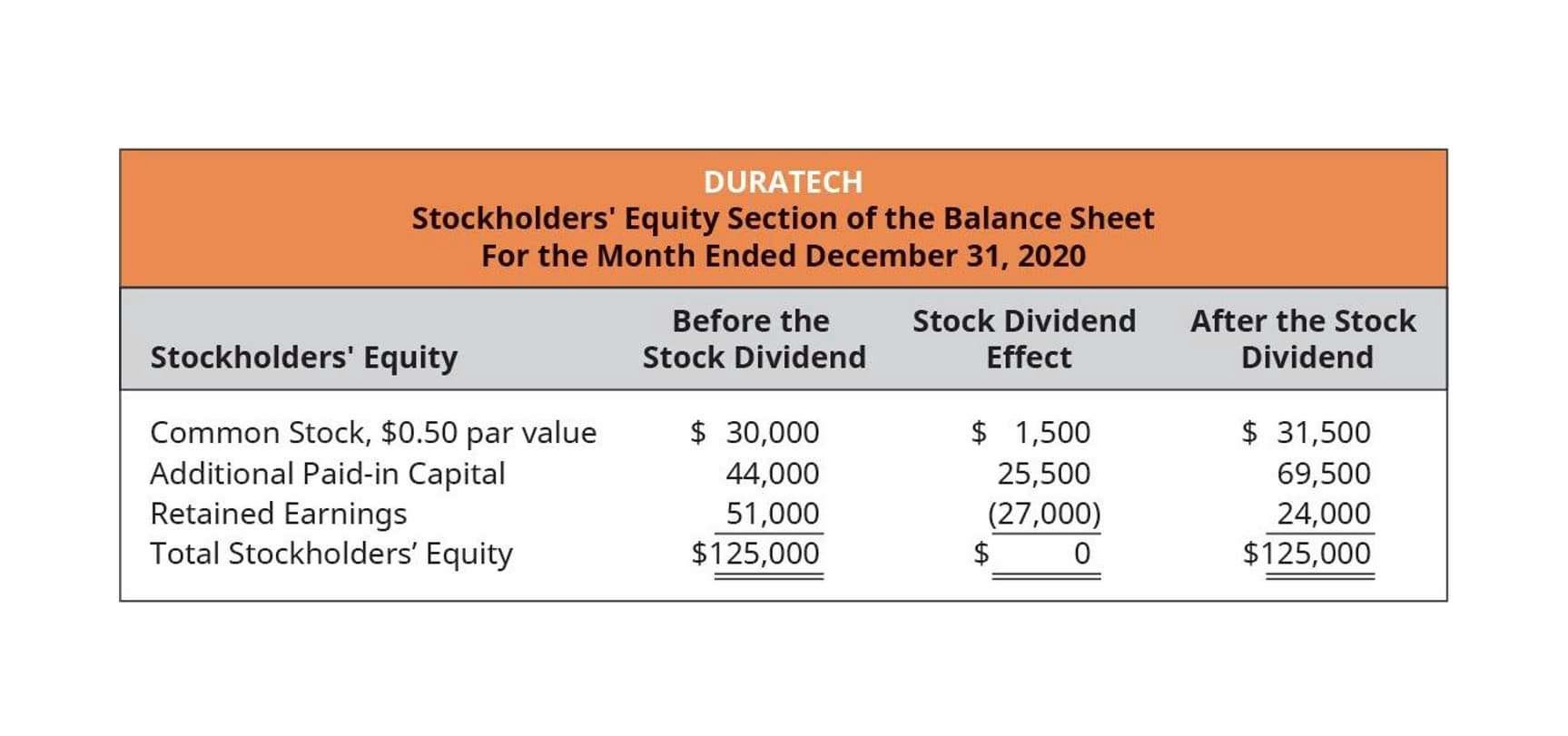
These funds are also held in reserve to reinvest back into the company through purchases of fixed assets or to pay down debt. Although it is not an income statement account, the dividend account is also a temporary account and needs a closing journal entry to zero the balance for the next accounting period. If a temporary account has a debit balance it is credited to bring it to zero, and the retained earnings account is credited to balance the closing entry.
Stay up to date on the latest accounting tips and training

The total debit to income summary should match total expenses from the income statement. A company’s shareholder equity is calculated by subtracting total liabilities from its total assets. Shareholder equity represents the amount left over for shareholders if a company pays off all of its liabilities. To see how retained earnings impact shareholders’ equity, let’s look at an example.
Use an income statement to figure out your profit
When your business earns a surplus income you have two alternatives, you can either distribute surplus income as dividends or reinvest the same as retained earnings. Retained earnings represent the portion of your company’s net income that remains after dividends have been paid to your shareholders, and is reinvested or ‘ploughed back’ into the company. Retained earnings is the cumulative amount of earnings since the corporation was formed minus the cumulative amount of dividends that were declared. Retained earnings is the corporation’s past earnings that have not been distributed as dividends to its stockholders. Revenue is the total amount of income generated by the sale of goods or services related to the company’s primary operations. Revenue is the income a company generates before any expenses are taken out.
- They are generally available for distribution as dividends or reinvestment in the business.
- Once you have all of that information, you can prepare the statement of retained earnings by following the example above.
- Retained earnings are also called earnings surplus and represent reserve money, which is available to company management for reinvesting back into the business.
- However, established companies usually pay out a portion of their retained earnings as dividends while also reinvesting a portion back into the company.
- On the statement of retained earnings, we reported the ending balance of retained earnings to be $15,190.
How Do You Calculate Retained Earnings on the Balance Sheet?

Since cash dividends result in an outflow of cash, the cash account on the asset side of the balance sheet will get reduced by $100,000. This outflow of cash would also lead to a reduction in the retained earnings of the company as dividends are paid out of retained earnings. There can be cases where a company may have a negative retained earnings balance. This is the case where the company has incurred more net losses than profits to date or has paid out more dividends than what it had in the retained earnings account. The expense accounts have debit balances so to get rid of their balances we will do the opposite or credit the accounts. Just like in step 1, we will use Income Summary as the offset account but this time we will https://x.com/BooksTimeInc debit income summary.
- These contractual or voluntary restrictions or limitations on retained earnings are retained earnings appropriations.
- If they are confident that this surplus income can be reinvested in the business, then it can create more value for the stockholders by generating higher returns.
- Meaning, stock dividends lead to the transfer of the amount from the retained earnings account to the common stock account.
- In contrast, when a company suffers a net loss or pays dividends, the retained earnings account is debited, reducing the balance.
- Accordingly, the normal balance isn’t an accurate measure of a company’s overall financial health.
For example, if you prepare a yearly balance sheet, the current year’s opening balance of retained earnings would be the previous year’s closing balance of the retained earnings account. Retained earnings are the portion of a company’s net income that management retains for internal operations instead of paying it to shareholders in the form of dividends. https://www.bookstime.com/ In short, retained earnings are the cumulative total of earnings that have yet to be paid to shareholders.
Normal, recurring corrections and adjustments, which follow inevitably from the use of estimates in accounting practice, are not treated as prior period adjustments. Also, mistakes corrected in the same year they occur are not prior period adjustments. Since stock dividends are dividends given in the form of shares in place of cash, these lead to an increased number of shares outstanding for the company. retained earnings debit or credit balance This means each shareholder now holds an additional number of shares of the company.

Are Retained Earnings an Asset?
- For instance, tech startups often reinvest heavily to fuel growth, whereas mature utility companies might pay more dividends.
- Sum all costs your company incurs, including cost of goods sold, salaries, rent, and other operating expenses.
- Shareholders equity—also stockholders’ equity—is important if you are selling your business, or planning to bring on new investors.
- This is because reinvestment of surplus earnings in the profitable investment avenues means increased future earnings for the company, eventually leading to increased future dividends.
- This statement reconciles the beginning and ending retained earnings for the period, using information such as net income from the other financial statements.
- But, you can also record retained earnings on a separate financial statement known as the statement of retained earnings.
- An accounting year-end which is not the calendar year end is sometimes referred to as a fiscal year end.
This amount can be used to fund a partnership or merger/acquisition that generates solid business opportunities. Retained Earnings (liability) are Credited (Cr.) when increased & Debited (Dr.) when decreased. The last thing you want is to get hit with extra penalties and fees because you didn’t pay your taxes. A good rule of thumb is to earmark about 25% of your net profit for taxes quarterly. In fact, thousands of small businesses have followed these EntreLeadership practices to become forces to be reckoned with. Double Entry Bookkeeping is here to provide you with free online information to help you learn and understand bookkeeping and introductory accounting.
Additional Paid-In Capital

When you can’t see the forest for the trees, it’s handy to have a lumberjack around. They didn’t have retained earnings, and it was just common sense that they should. From that day forward, Dave faithfully held back a percentage of even the smallest net profit as retained earnings. However, for other transactions, the impact on retained earnings is the result of an indirect relationship. Below is the balance sheet for Bank of America Corporation (BAC) for the fiscal year ending in 2020.

